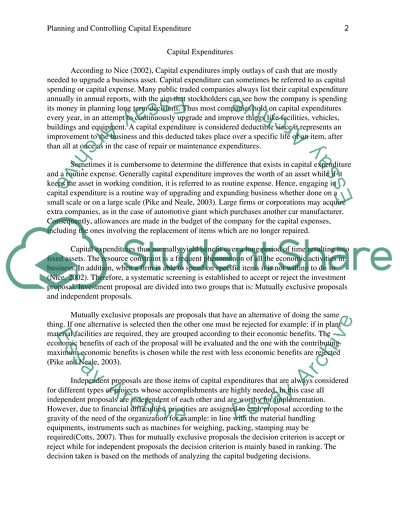Cite this document
(“Planning and Controlling Capital Expenditures Essay”, n.d.)
Retrieved from https://studentshare.org/finance-accounting/1397255-planning-and-controlling-capital-expenditures-cash
Retrieved from https://studentshare.org/finance-accounting/1397255-planning-and-controlling-capital-expenditures-cash
(Planning and Controlling Capital Expenditures Essay)
https://studentshare.org/finance-accounting/1397255-planning-and-controlling-capital-expenditures-cash.
https://studentshare.org/finance-accounting/1397255-planning-and-controlling-capital-expenditures-cash.
“Planning and Controlling Capital Expenditures Essay”, n.d. https://studentshare.org/finance-accounting/1397255-planning-and-controlling-capital-expenditures-cash.


